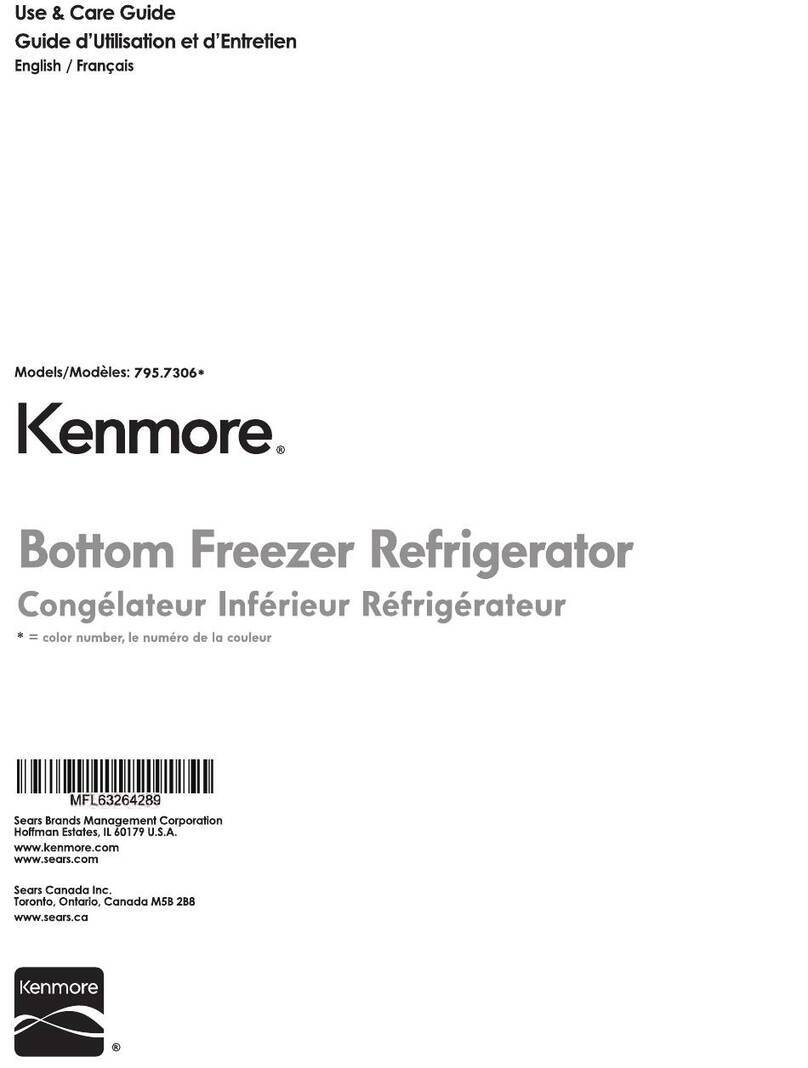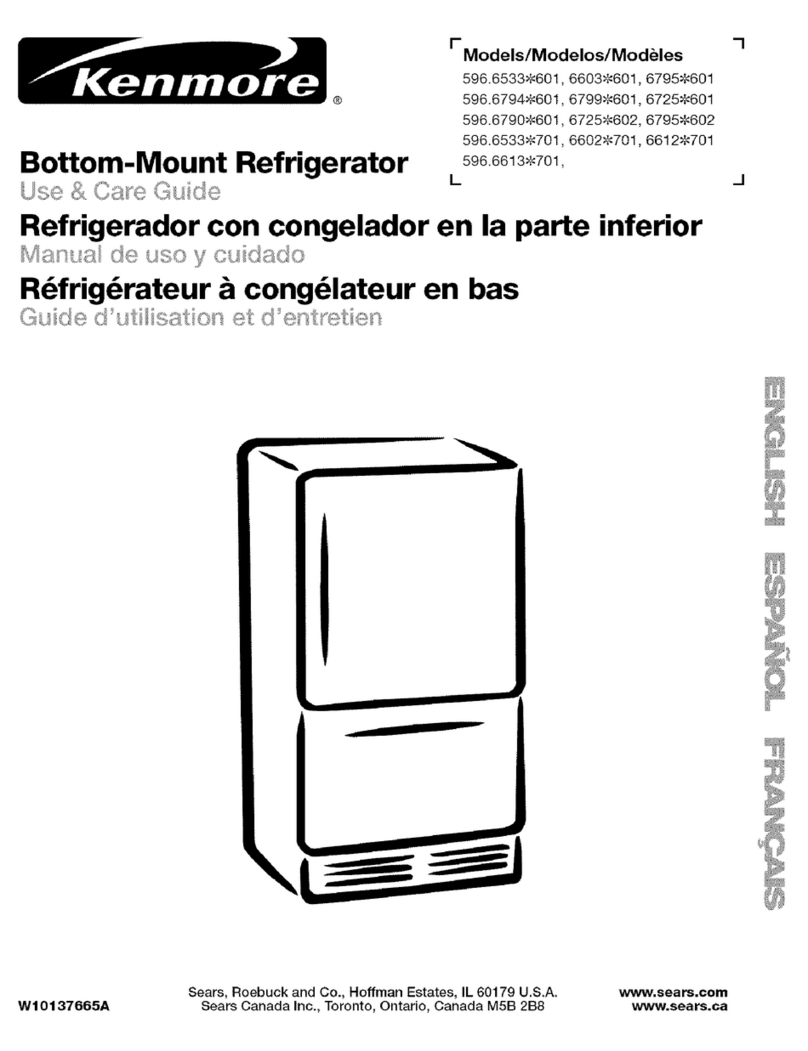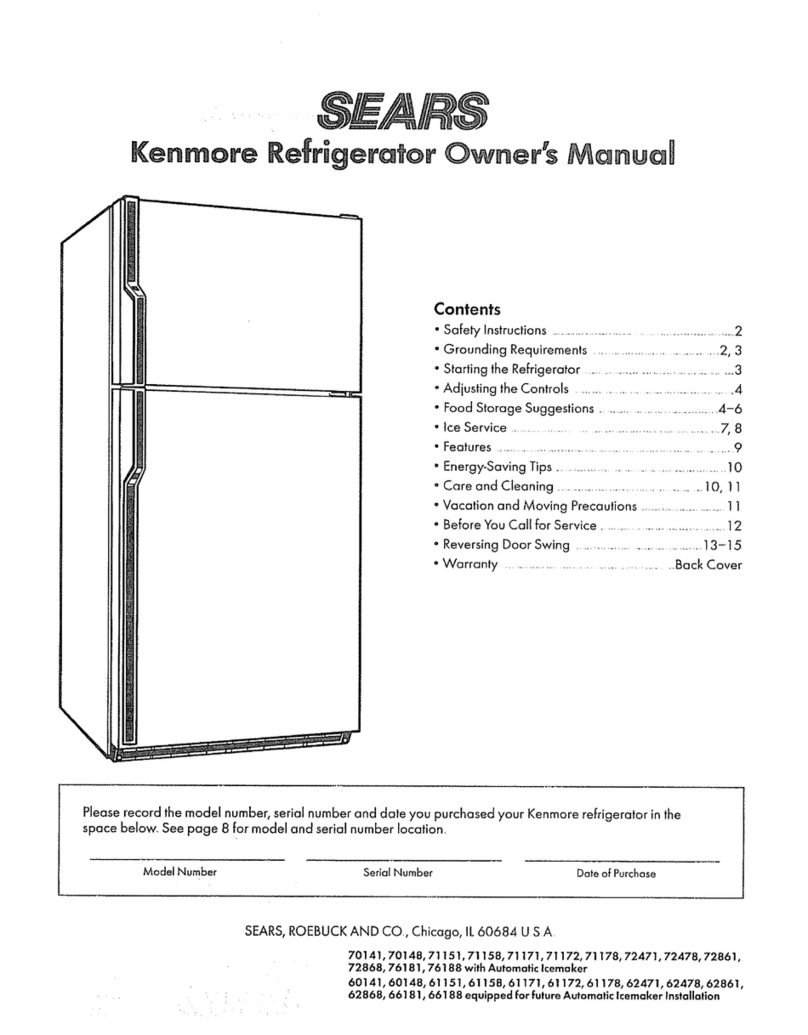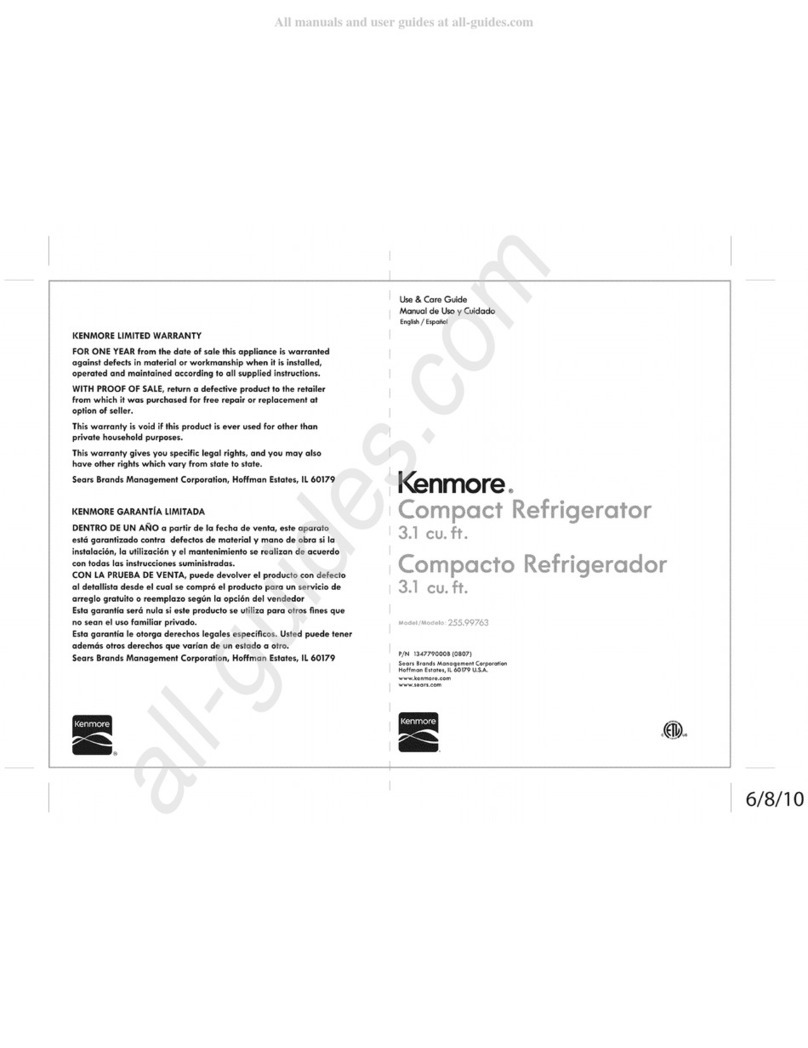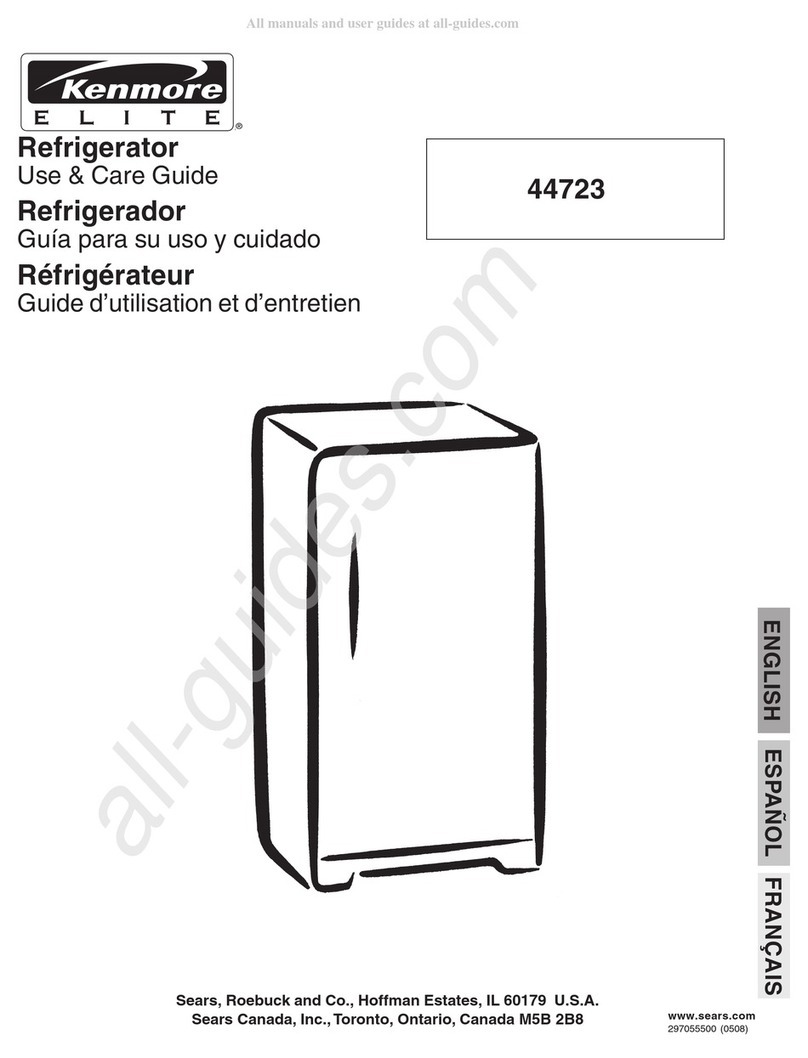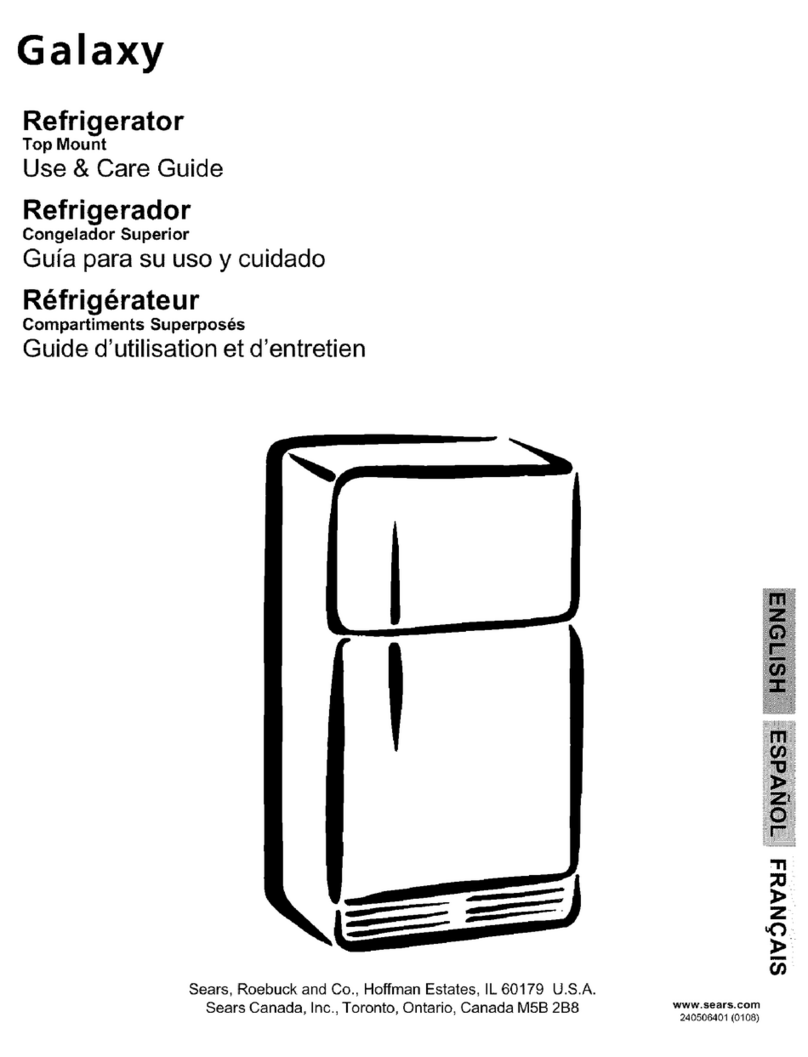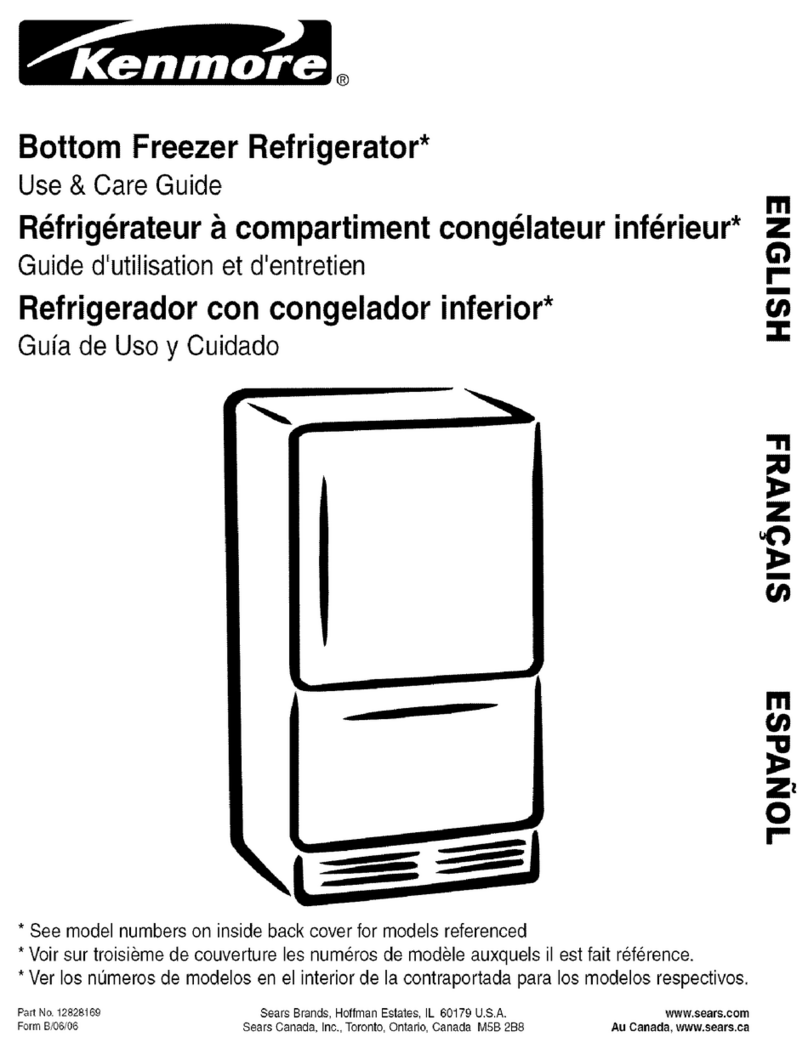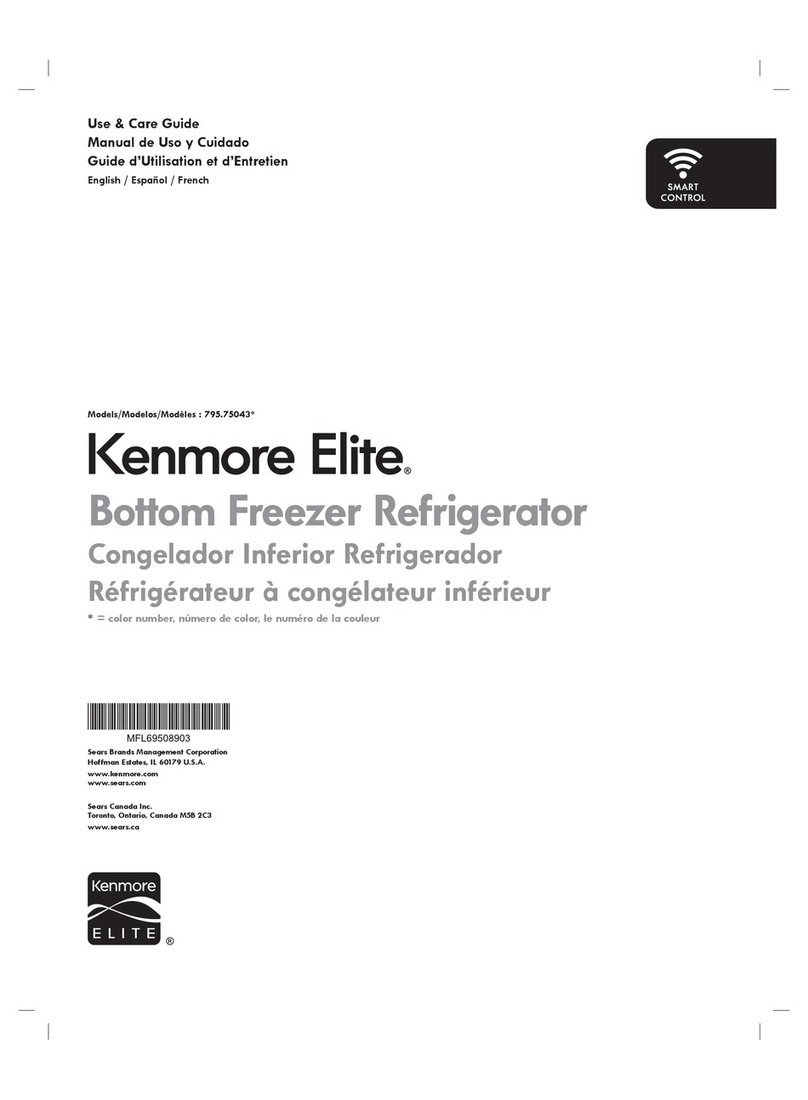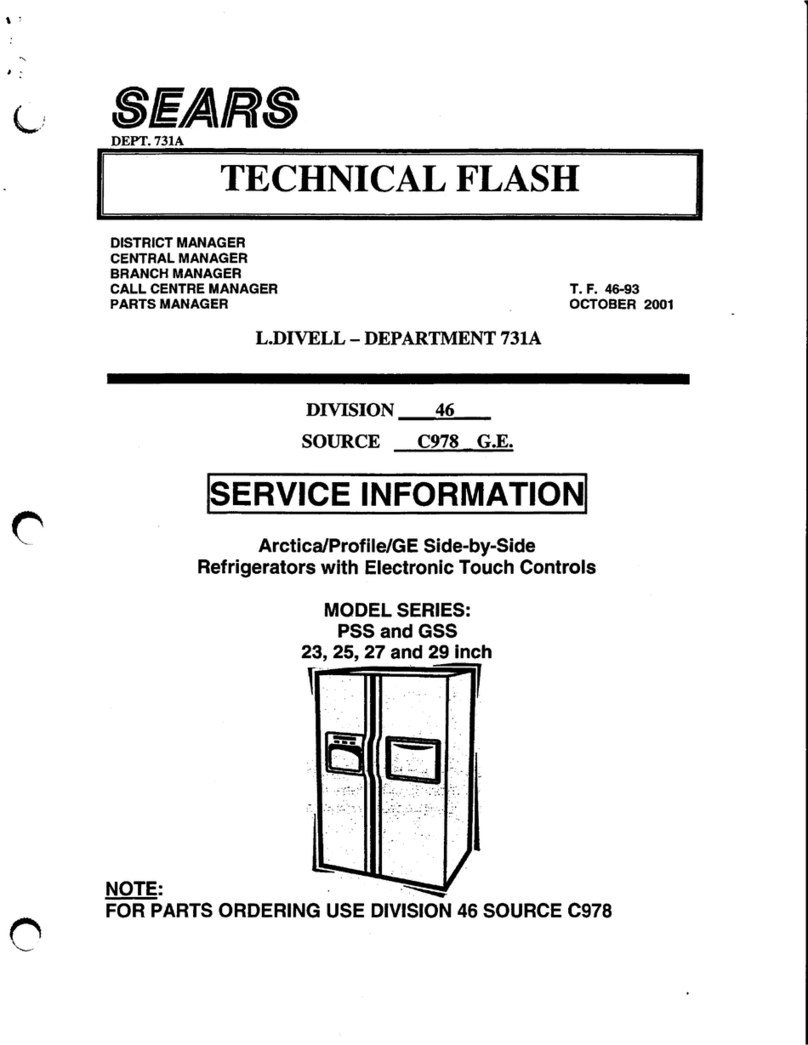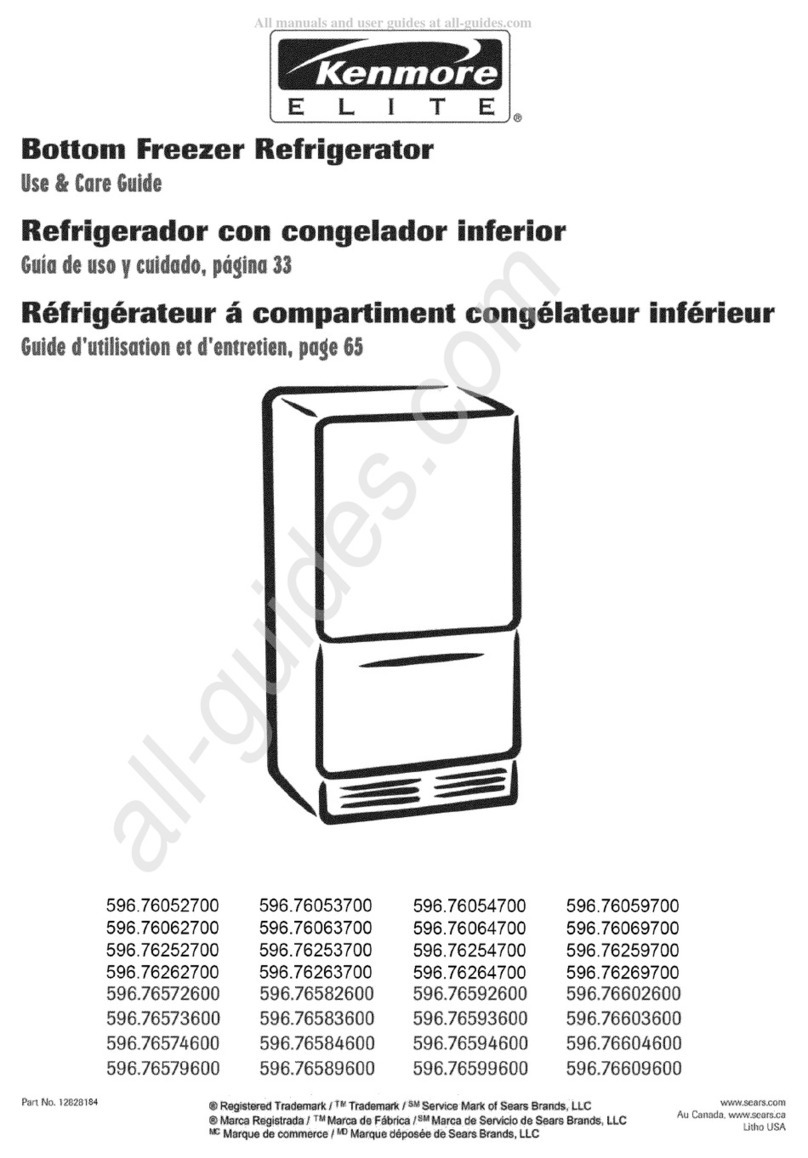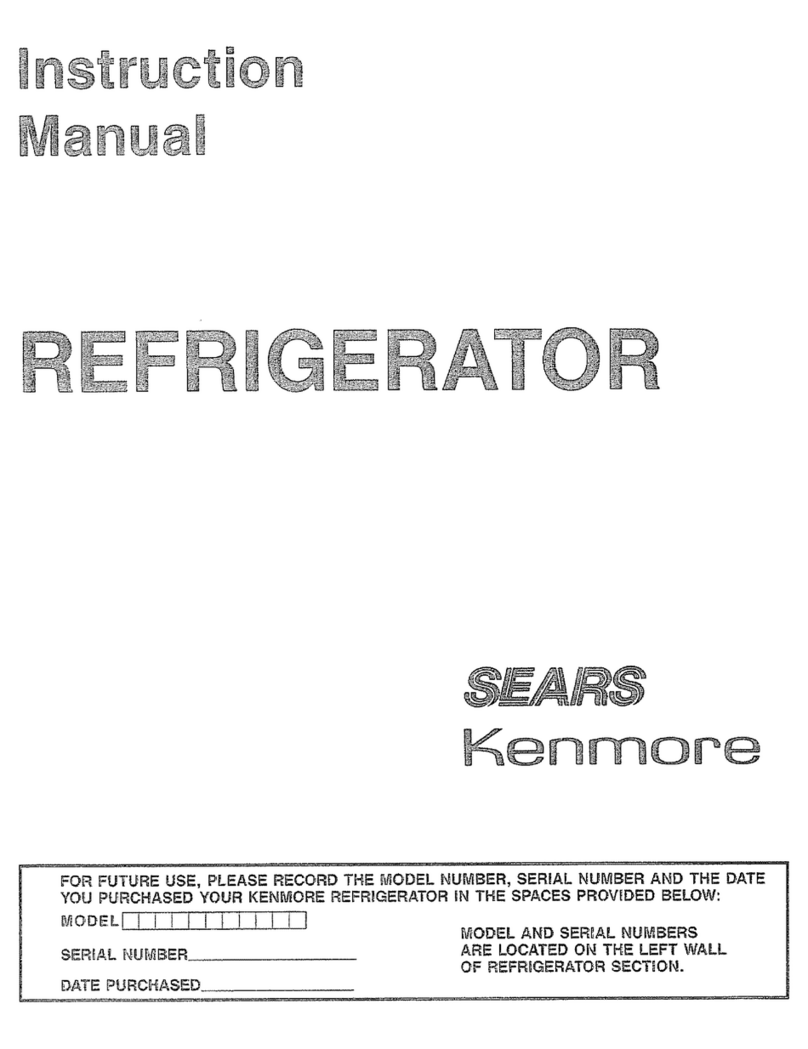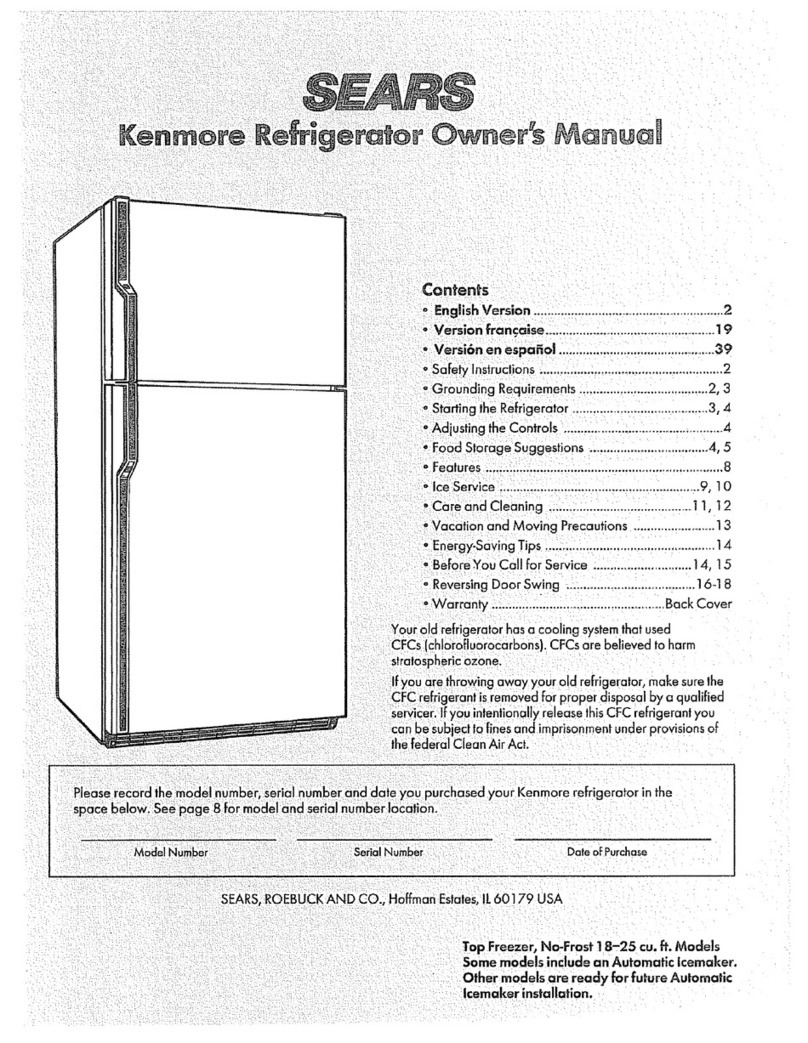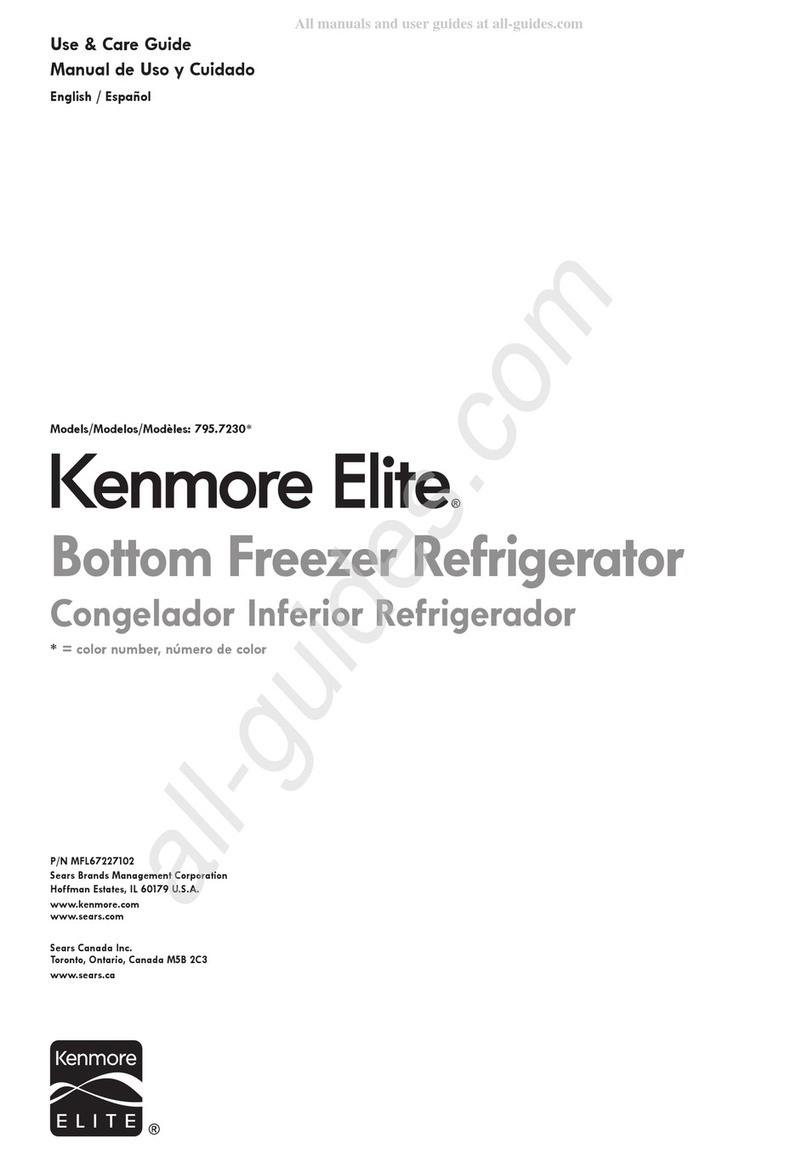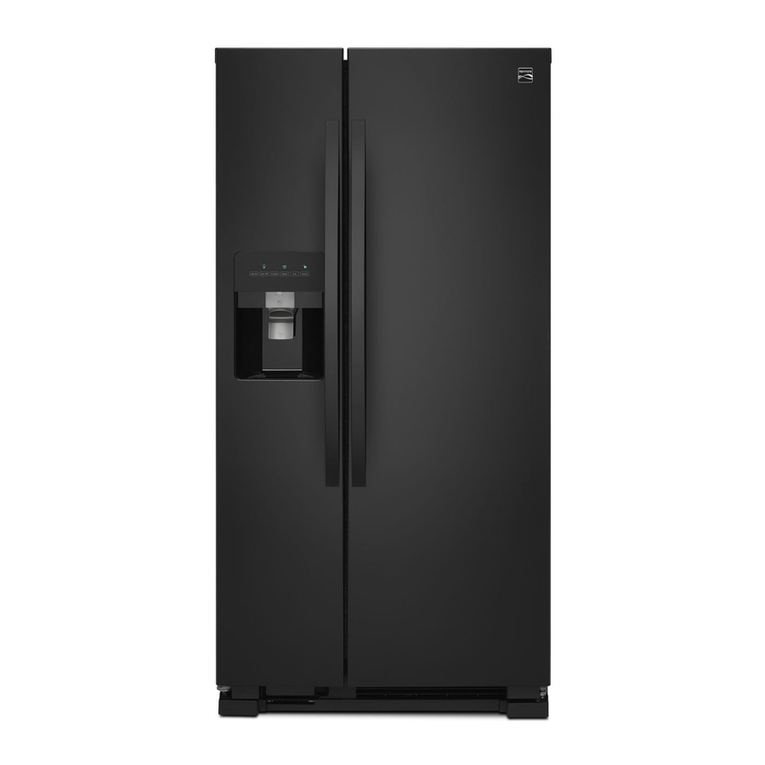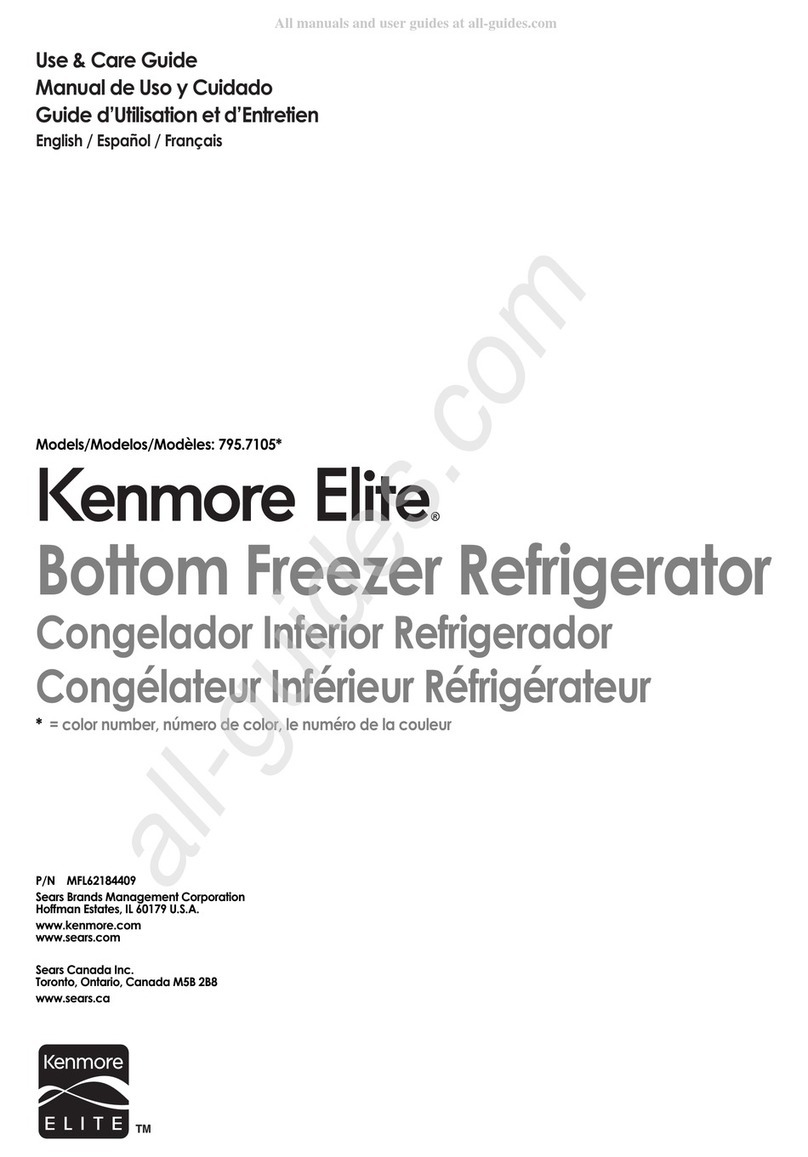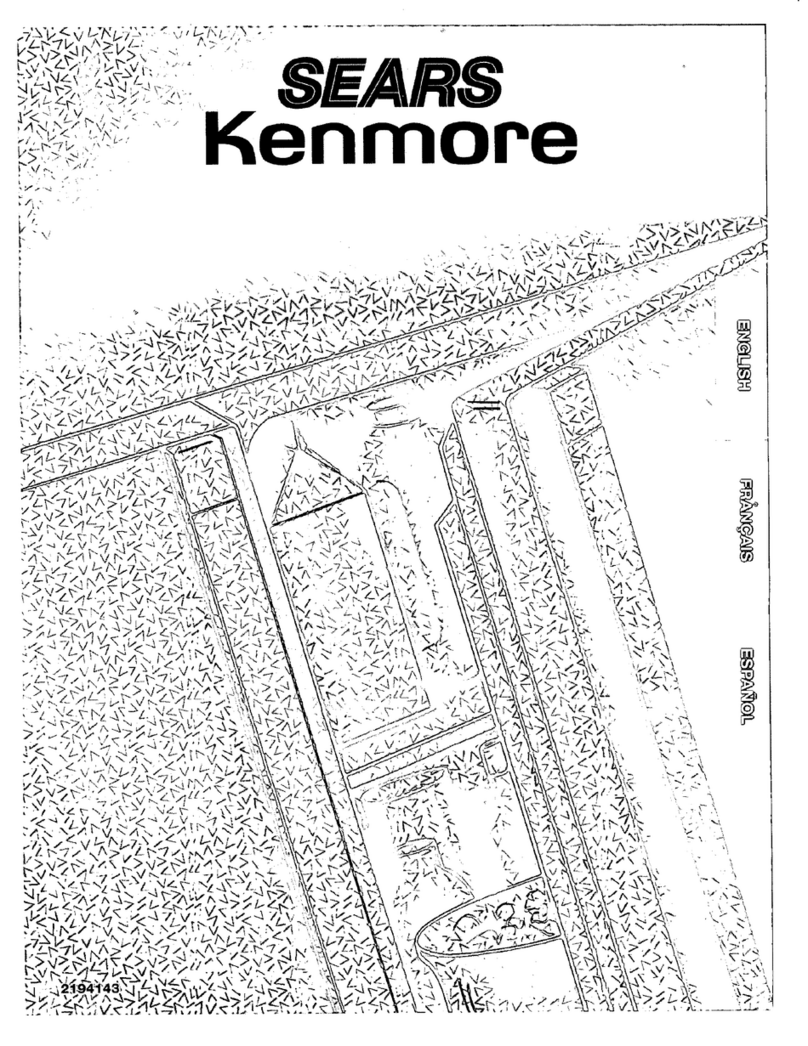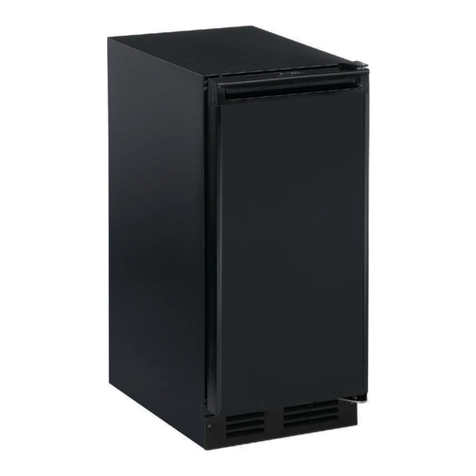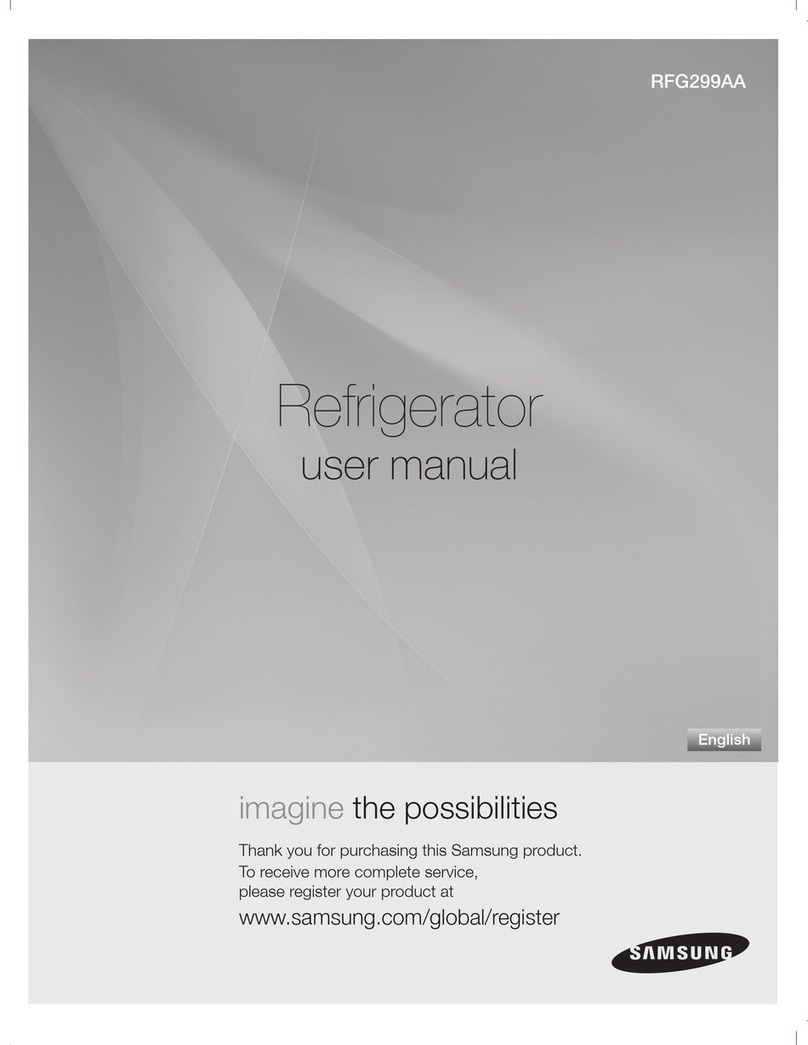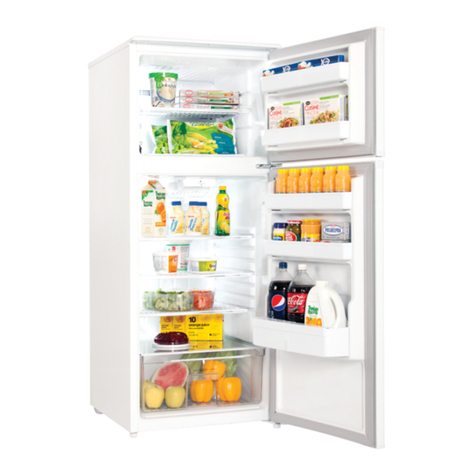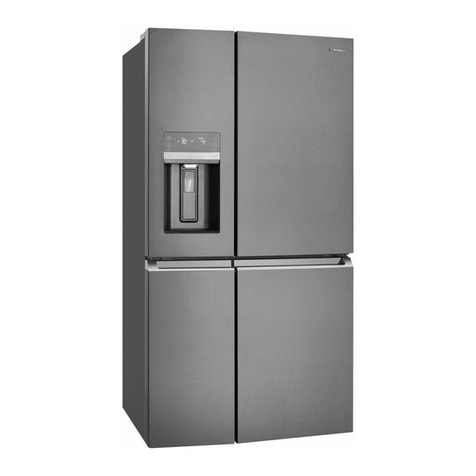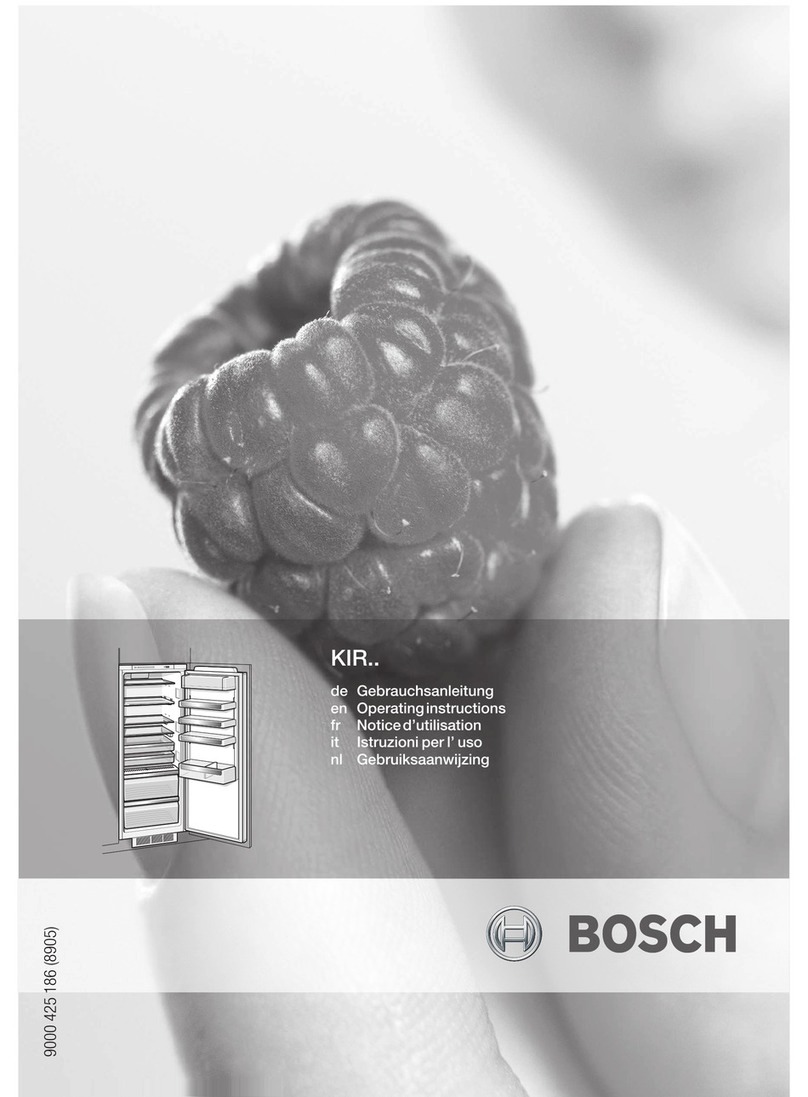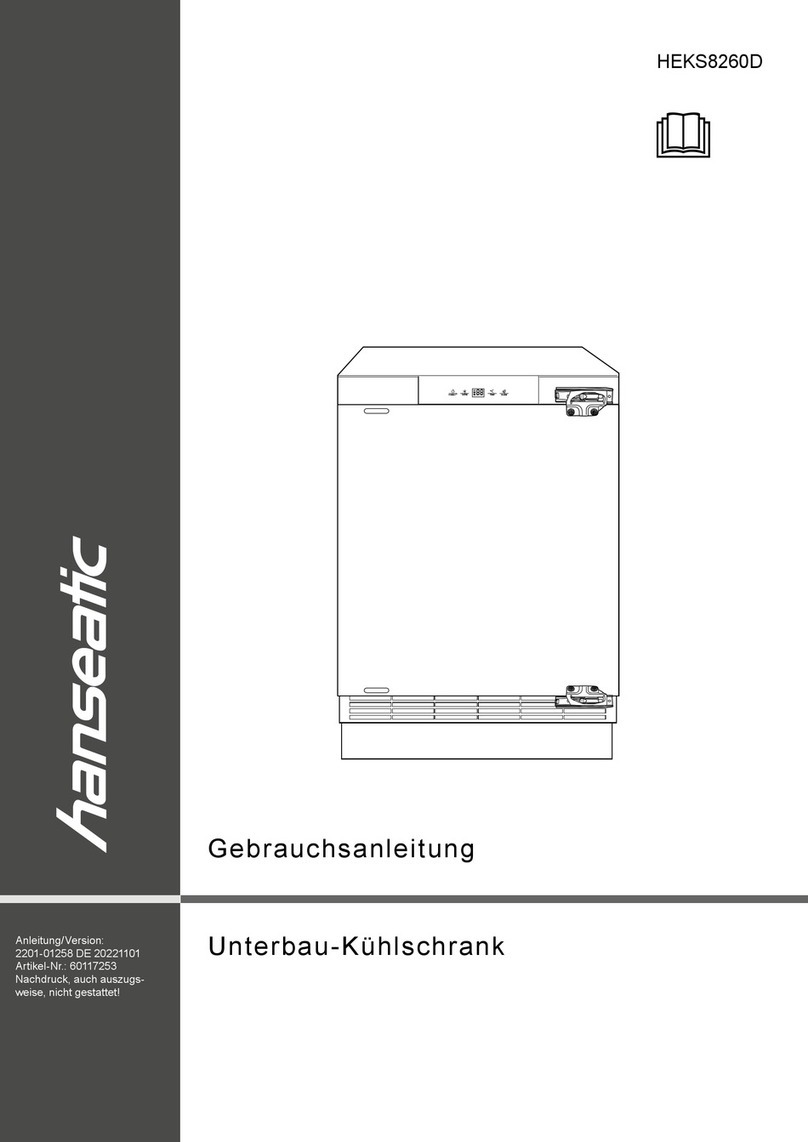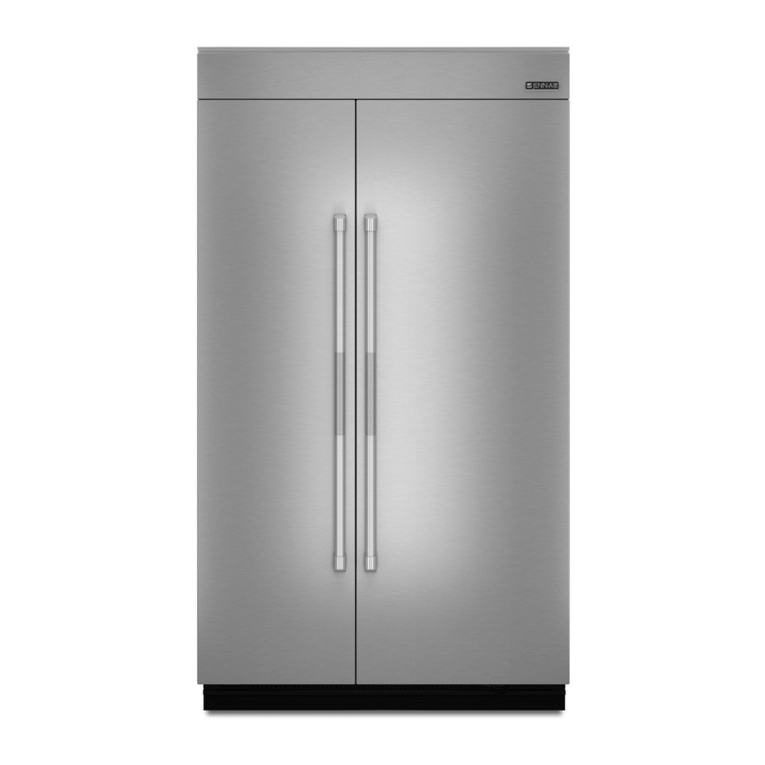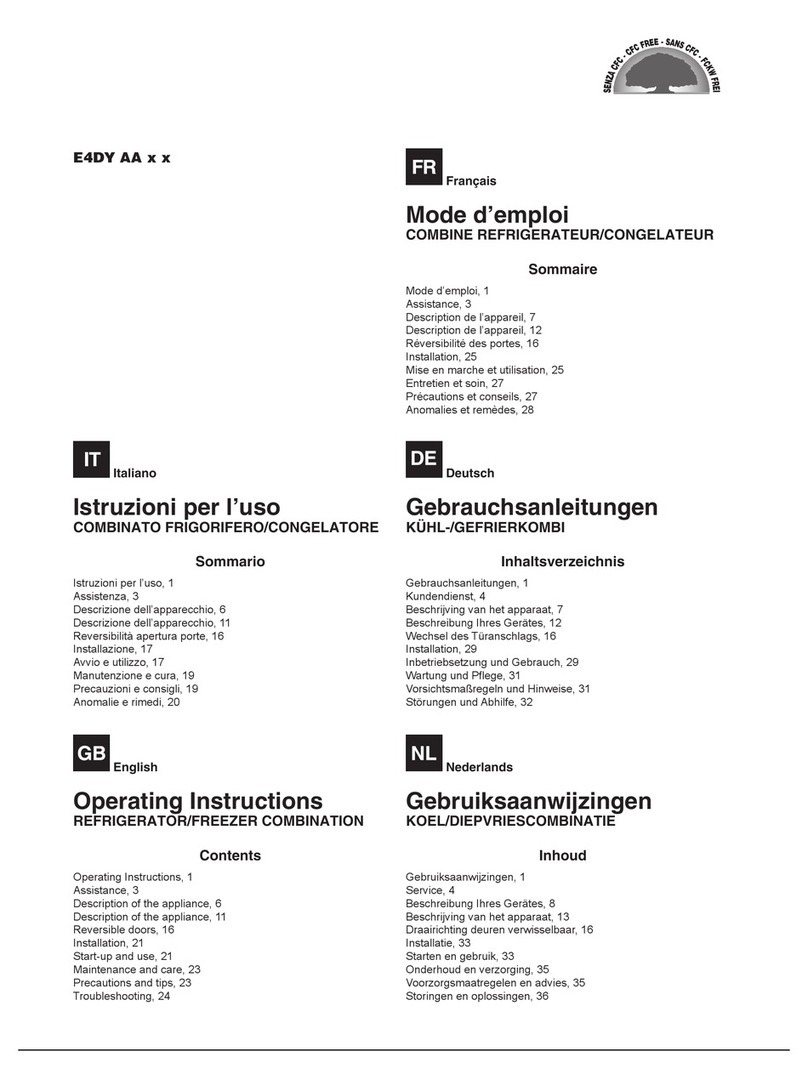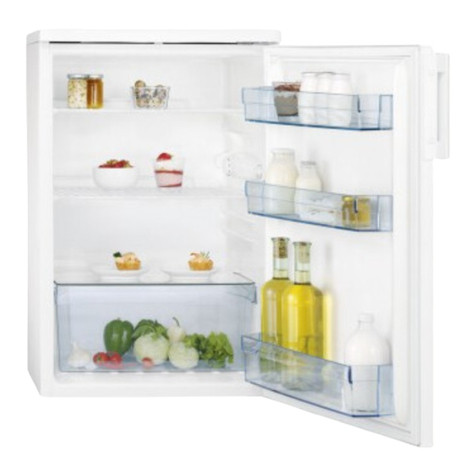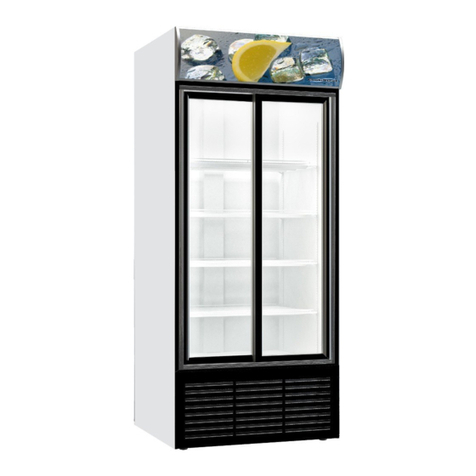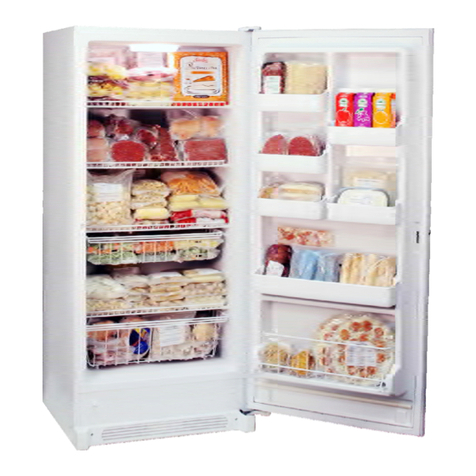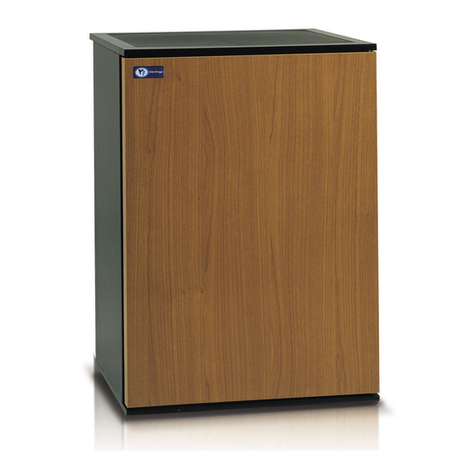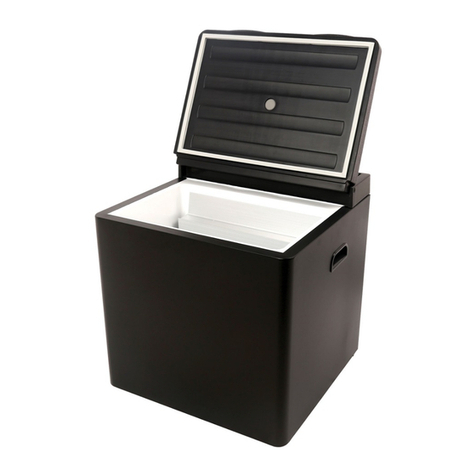Be{ore You Call " or Service
Savetimeandmoney.CheckthisIistofcausesofminoroperating
problemsyoucancorrectyourself.
Reff!geratordoesnotoperate
*Maybeindefrostcyclewhenmotordoesnotoperateforabout35
minutes.
oTemperaturecontroIinOFFposition
,Ifinteriorlightisnoton,refrigeratormaynotbepluggedinatwall
outlet.
,tfplugissecureandrefrigeratorfailstooperate,pluglampor small
applianceintosameoutlettodetermineifthereistrippedcircuit
breakerorburnedoutfuse.
Motoroperatesfor longperiods
' Modernrefrigeratorswith morestoragespaceandalargerfreezer
compartmentrequiremoreoperatingtime
,Normaf whenrefrigeratorisfirstdeliveredtoyourhome-usually
requires24hourstocompletelycoaldown.
oLargeamountsoffoodplacedinrefrigeratortobecooledorfrozen.
, Hotweather--frequentdooropenings
eDoorEeftopen
, Temperaturecontrolsaresettoocold.Refertopage4.
* CondenserneedscleaningRefertopage10
oCheckENERGY._SAVINGTIPSonpage10.
Motorstarts&stopsfrequently
, Temperaturecontrolstartsandstopsmotortomaintaineven
temperaturesThisisnormal.
Vibrationorrattling
'Ifrefrigeratorvibrates,morethanlikelyff isnotrestingsolidlyonthe
floor.Thefrontrollerscrewsneedadjusting,orfloorisweakoruneven.
Refertopage3
aff dishesvibrateonshelves,try movingthem Slightvibrationis
normal
Operatingsounds
oThehighspeedcompressormotorrequiredtomaintainnearzero
temperaturesinthelargefreezercompartmentmayproducehigher
soundlevelsthanyouroldrefrigerator
, Normalfanair flow-one fanblowscoldairthroughtherefrigerator
andfreezercompartments-anotherfancootsthecompressormotor_
"TheseNORMALsoundswill alsobeheardfromtimetotime:
-Defrosttimerswitchclicksatdefrost.
-Defrostwaterdripping
-TemperaturecontrolclicksONorOFF
-Refrigerantboilingorgurgling
-Crackingorpoppingofcoolingcoilscausedbyexpansionand
contractionduringdefrostandrefrigerationfollowingdefrost.
-Icecubesdroppingintothebinandwaterrunninginpipesas
icemokerrefills.
Hotair frombottomofrefrigerator
' Normalair flowcoolingmotor Intherefrigerationprocess,it is
normalthatheatbeexpelledintheareaundertherefrigerator.Some
floorcoveringswilldiscoloratthesenormalandsafeoperating
temperaturesYourfloorcoveringsuppliershouldbeconsultedif
youobjecttothisdiscoloration.
Foodsdryout
, Foodsnotcovered,wrappedor sealedproperly.
Freshfoodorfreezercompartmenttemperaturetoowarm
' Temperaturecontrolnotsetcoldenough.Refertopage4.
oWarmweather-frequent dooropenings.
' Doorleftopenforlongtime_
"Packagemaybeholdingdooropenorblockingair ductinfreezer
compartment.
Frostoricecrystalsonfrozenfood
, Doormayhavebeenleftaiarorpackageholdingdooropen
, Toofrequentortoolongdooropenings
* Frostwithinpackageisnormal
Slowicecubefreezing
' Doormayhavebeen[eftajar
"Turntemperatureoffreezercompartmentcolder.
Icecubeshaveodor/taste
oOldcubesneedtobediscarded.Emptyicebinevery30days.
' Icestoragebinneedstobewashed_
' Unsealedpackagesin refrigeratorand/orfreezercompartmentsmay
betransmittingodor/tastetoicecubes
'InteriorofrefrigeratorneedscleaningRefertopage10.
Automatickemaker doesnotwork
*IcemakerfeelerarminOFF(up)position,
oWatersupplyturnedoffornotconnected.
, Freezercompartmenttoowarm.
,,Cubestoosmall--watershutoffvalveconnectingrefrigeratortohome
waterlinemaybeclogged
"Sometimescubesfusetothesideoftheicemoldandholdthefeeler
armintheOFF(up)position.Removethisicetorestarttheicemaker.
"Piledupcubesinstoragebin maycauseicemakertoshutoff
prematurely,WithicemakerfeelerarminOFF(up)position,level
cubesinbinbyhand.
oWhenreachingforcubesbyhand,youmayhavepushedthefeeler
armintotheOFF(up)positionbymistake.
Moisture formsonoutsideofrefrigerator
' Notunusua!duringperiodsofhighhumidity,
oMoveEnergySaverSwitchtotheright(seepage4).
Moisturecollectsinside
"Toofrequentortoolongdooropenings.
, Inhumidweather,air carriesmoistureintorefrigeratorwhendoors
areopened.
Refrigeratorhasodor
,Foodwith strongodorsshouldbetightlycovered.
,Checkforspoiledfood.
oInteriorneedscleaningRefertopoge10.
oKeepopenboxofbakingsodain refrigerator:replaceeverythree
months.
Interior light doesnotwork
'Nopoweratoutlet.
oLightbulbneedsreplacingSeepage11
!2
















